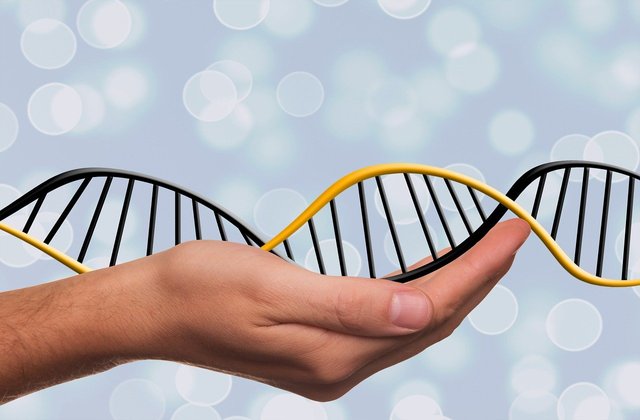As the volume of our digital data continues to grow, the data center storage model is reaching its limits. Researchers and startups are looking at another preservation system that is denser, stable and ecological: synthetic DNA.
DNA has many advantages that can respond to the problems posed by data centers. "This ultra-dense molecule – 1 gram of DNA can contain 450 million TB – is both stable and sustainable," explains Stéphane Lemaire, co-founder of Biomemory and director of research at the CNRS. "Stored in a favorable environment, its lifespan can exceed 100,000 years, and once synthesized, it can be stored without energy input, and therefore without emitting carbon."
In addition, about 60 to 80% of the data stored in data centers is archives, such as legal documents, scientific information or backups. In short, data that is never read but kept "just in case". DNA would therefore be an ideal candidate for storing this type of data, which requires little encoding and reading operations.
But how exactly do you go about storing data in DNA? "There are several ways to do it, but it's actually relatively simple," says Stéphane Lemaire. The process involves several steps: encoding a binary file (succession of 0s and 1s) in Quaternary (the four letters of DNA – A, T, C and G) and writing the DNA molecule that corresponds to this sequence before storing it. To read it back, this molecule is passed through a sequencer, in order to convert the file back and retrieve it.
On a global scale, this innovative type of storage remains underdeveloped, with only a few companies specializing in its industrial scale-up – led by the American leader Twist Bioscience. But this approach has the potential to become an industry in its own right, "particularly in France and Europe, where all the skills are brought together to develop a sovereign solution in the face of the United States and China," says Marc Antonini.

https://pixabay.com/fr/illustrations/adn-acide-d%C3%A9soxyribonucl%C3%A9ique-dns-1500076/